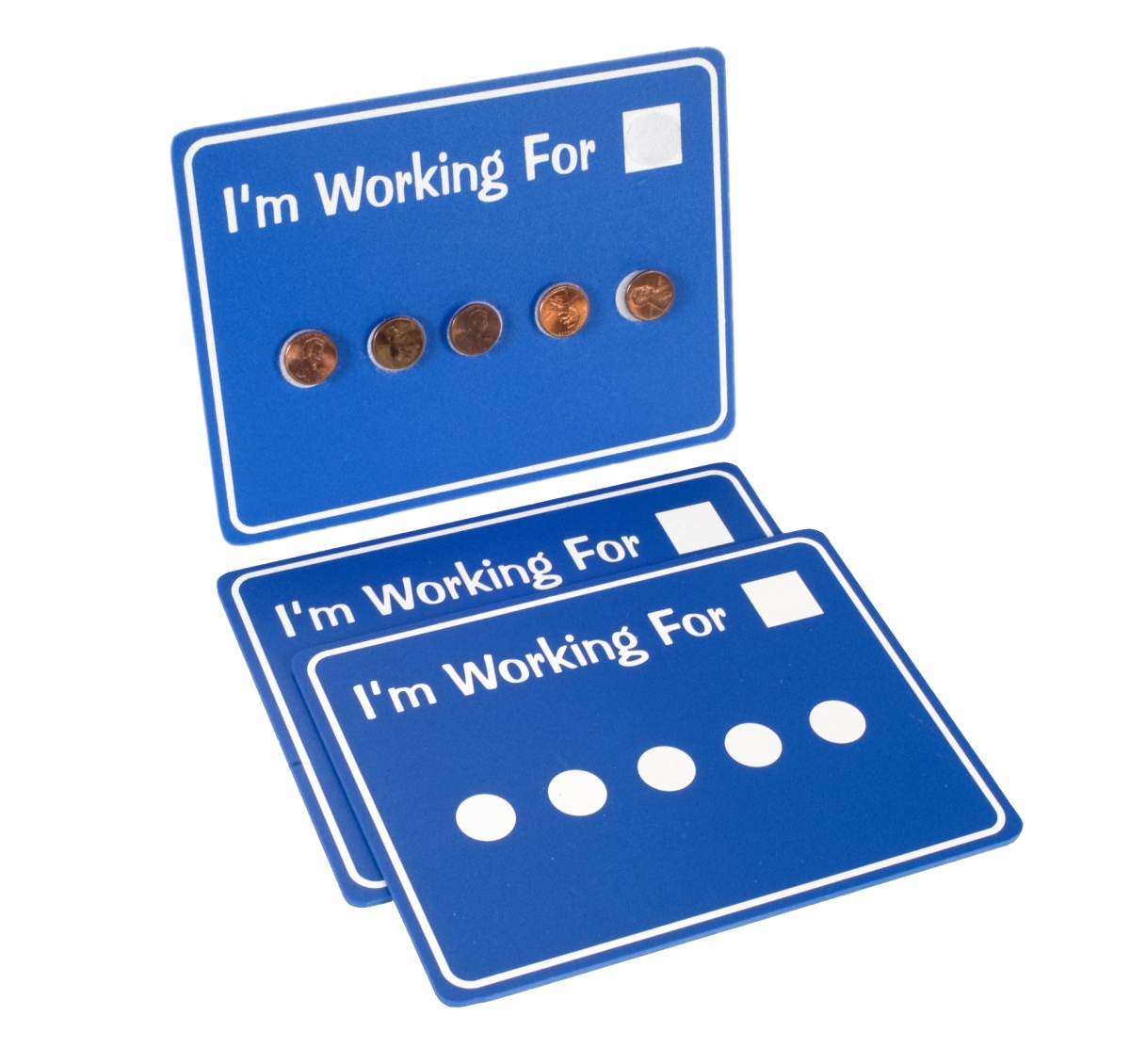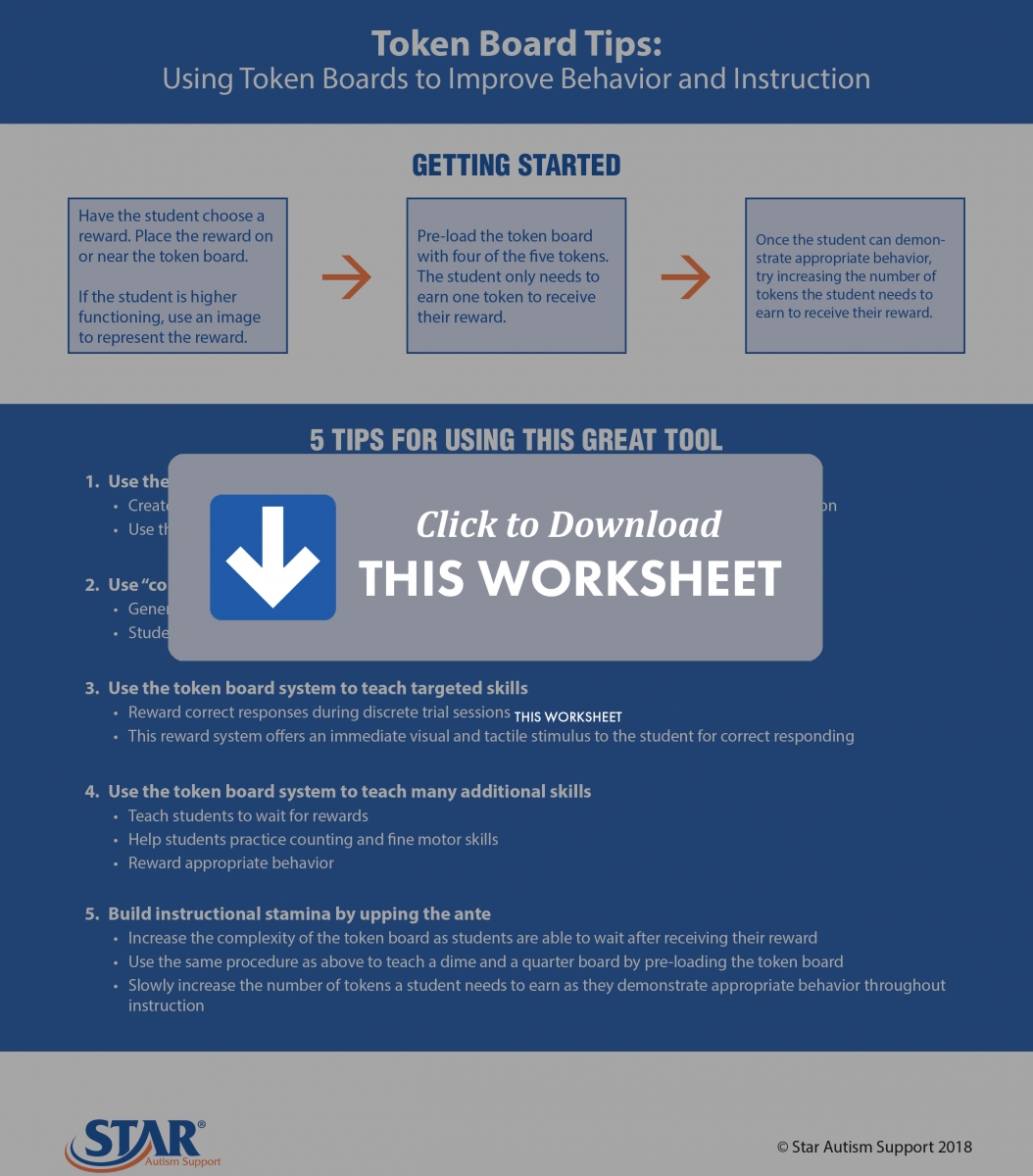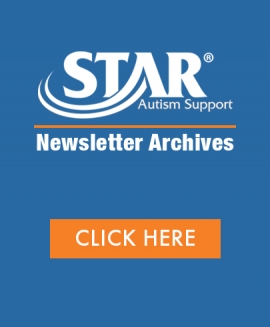How to Use a Token Board to Motivate Kids
How can we ensure that our students achieve success in the classroom? Use the student’s motivation!
Reinforcement can be a tricky concept in education. We all want our students to fit neatly into the mold of engaged, ambitious, and successful learners, without handing out toys or consumables every other minute. On the other hand, it’s hard to ignore the results when we positively reinforce our students with tangible rewards for their desired behaviors.
As employees, we receive paychecks for our work and sometimes, we’re even given pats on the back when we exceed expectations. Both are examples of positive reinforcement: that is, we receive something we enjoy following certain behaviors.
I enjoy getting social praise from my supervisors and colleagues, but would that alone be enough for me to continue clocking in each day at my workplace? The correct and obvious answer is no, and this same logic applies to the classroom. Sometimes social praise is not enough—especially for students who are learning new skills and applying them in a variety of contexts
So, what do we do beyond social praise to sustain engaged, ambitious, and successful learners?
One of the most effective tools we can use to achieve student success is a token board. Token boards are an example of positive reinforcement, an evidence-based practice with vast support in the research literature. This tool gives you a fun and easy method to reinforce desired behaviors in the classroom or anywhere else you might be with a student. When we reinforce a behavior, it is likely to occur again. For example, we’d reinforce the types of behavior we want to see from our students: appropriate requesting, sharing, waiting, listening, and mastery of new skills.
Token boards often come as penny, dime, or quarter boards. To use them, have the student choose what they want to work for. Remember, in the professional world, we work for paychecks; students often choose toys, snacks, or experiences, like a trip to the zoo. Next, either affix an image of the desired item on the board or, if it’s tangible, keep the actual object near the token board for students who need more support.
Now you’re ready to use positive reinforcement with the token board. Give the student a token every time they respond correctly to a discrete trial task, or when they respond appropriately to situations throughout the day. For example, during small group, give the student a token when they pass materials to a friend, raise their hand, put their hands in their lap and attend to the lesson, etc. The possibilities are endless. Once the student completes the board (i.e. earns all available tokens), give the student access to the reinforcer. For more tips and helpful information, we’ve put together this Token Board Tip Sheet to consult as you implement this strategy in your own classroom.
Token boards are used to teach, maintain, and generalize appropriate behaviors we want students to exhibit. Use this tool to tangibly reward your students and receive your own reward of watching your students succeed!
Check out STAR’s reinforcement and behavior supports, including several different token board options here.



